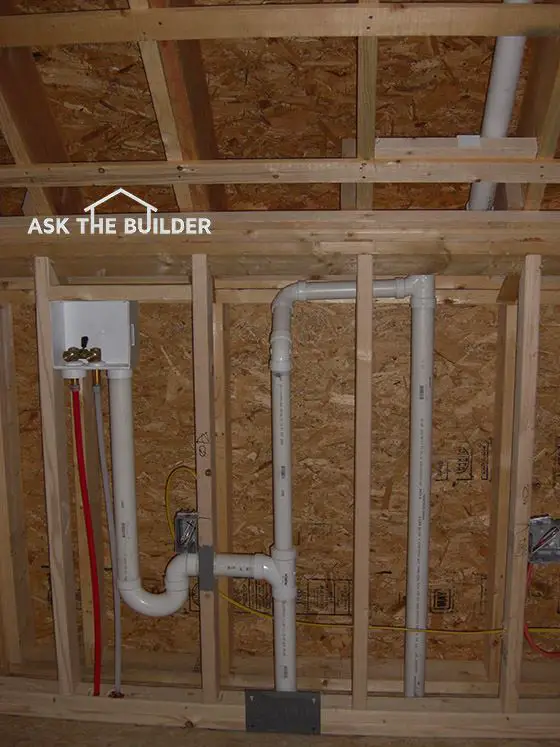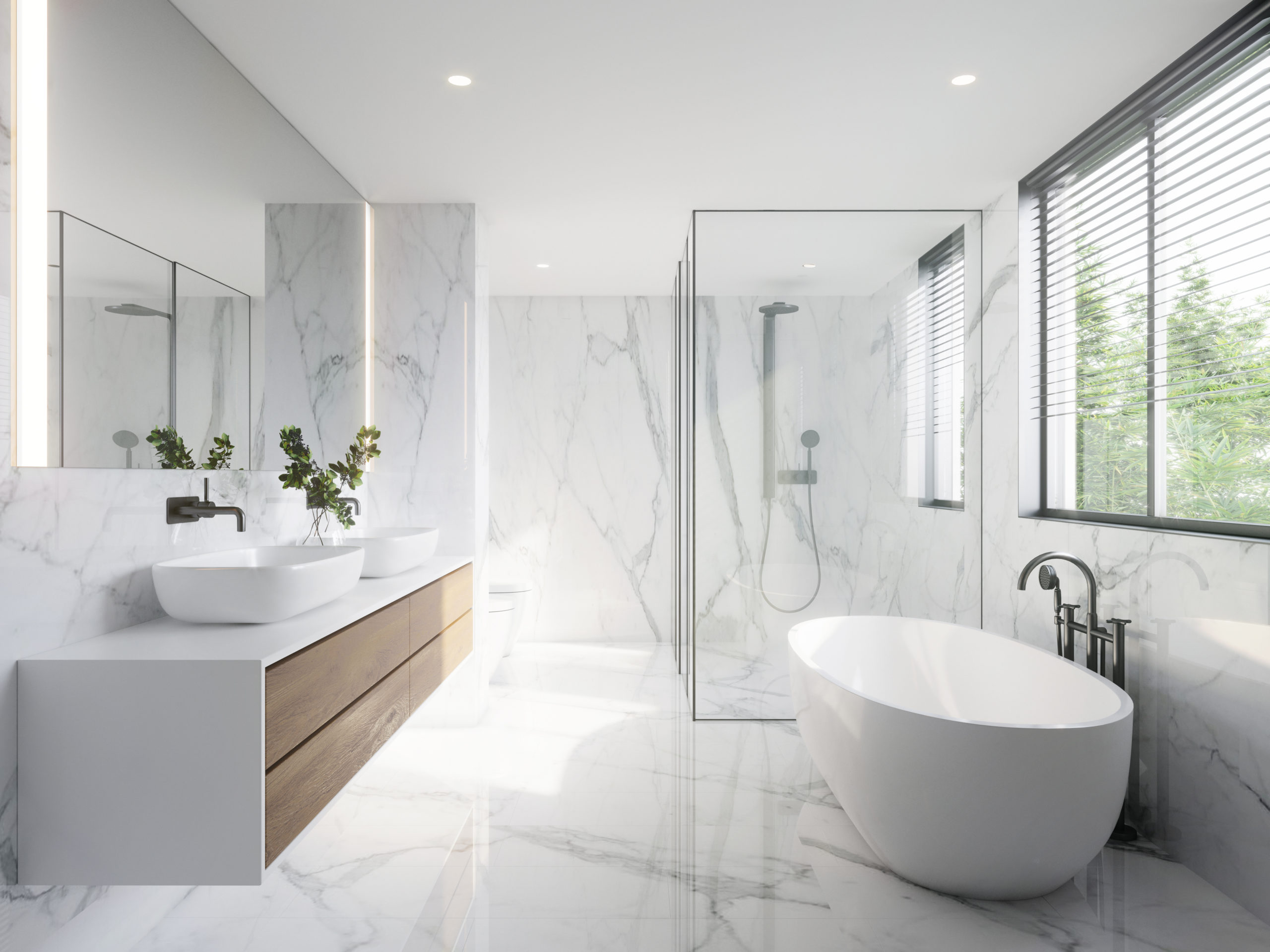On this page on the next paragraphs you'll find a lot of good quality guidance all about What Is a Plumbing Vent and Why Is It Important.

Proper ventilation in pipes systems is typically ignored, yet it is essential for preserving the functionality and security of your home's plumbing. Ventilation helps regulate air pressure, avoid the accumulation of harmful gases, and guarantee the reliable removal of waste. In this overview, we will certainly explore the relevance of correct plumbing ventilation, just how it functions, and the benefits it gives your pipes system.
Understanding Air Flow in Pipes
Air flow in plumbing refers to the network of pipelines that allow air to flow through the drain system. These vents serve several objectives, including regulating air pressure within the pipelines, avoiding drain gases from entering the home, and helping in the smooth circulation of wastewater.
How Ventilation Functions in Pipes Solutions
Atmospheric Pressure Guideline
Appropriate ventilation keeps balanced atmospheric pressure within the plumbing system. When water moves through pipelines, it displaces air. Without sufficient air flow, this displacement can produce adverse pressure, leading to slow down drains pipes or siphoning of water from traps, which can create undesirable smells to permeate right into the home.
Protecting Against Sewer Gas Buildup
One of one of the most essential features of plumbing vents is to stop sewage system gases, such as methane and hydrogen sulfide, from accumulating within the home. These gases can pose severe health and wellness dangers and are extremely combustible. Vent pipelines allow these gases to escape securely outside.
Assisting in Waste Removal
Air flow helps in the efficient removal of wastewater by avoiding airlocks in the drain system. When air can stream freely via the vents, it permits water and waste to stream smoothly via the pipelines, minimizing the risk of obstructions and back-ups.
Sorts Of Pipes Vents
Key Heap Vent
The primary stack air vent, likewise called the air vent stack, is the primary air vent in a pipes system. It expands from the primary drainpipe line up with the roofing system, permitting gases to run away and fresh air to enter the system.
Branch Vent
Branch vents attach to the main stack air vent and offer private fixtures, such as sinks, toilets, and showers. These vents ensure that each fixture has ample ventilation to work effectively.
Air Admittance Shutoff (AAV).
An Air Admittance Valve (AAV) is a one-way shutoff that permits air to get in the pipes system without the demand for a traditional vent pipeline expanding via the roofing. AAVs are typically utilized in remodellings or locations where mounting a typical air vent is not practical.
Indicators of Poor Ventilation in Plumbing.
Slow Draining Fixtures.
If your sinks, bathtubs, or commodes are draining slowly, maybe an indicator of bad air flow. Poor air circulation can create a vacuum cleaner result, making it hard for water to drain pipes effectively.
Gurgling Seems.
Gurgling noises coming from drains pipes are usually an outcome of air being sucked with water traps because of adverse pressure in the pipelines. This is a clear indication of inadequate air flow.
Undesirable Smells.
Sewer odors inside your home are a warning that your pipes system is not properly ventilated. This could suggest that drain gases are not being adequately vented outside, resulting in possibly unsafe conditions.
Usual Ventilation Errors.
Insufficient Vent Sizing.
Making use of small vent pipelines can cause inadequate air circulation and stress discrepancies in the system. It's vital to use vents that fulfill the specific needs of your plumbing system.
Improper Vent Positioning.
Putting vents also far from the fixtures they serve can lower their efficiency. Correct placement makes certain that air can stream openly and efficiently through the system.
Ignoring Code Requirements.
Building ordinance provide certain guidelines for plumbing ventilation. Neglecting these codes can lead to a system that stops working to work properly and might cause costly repair work or health hazards.
Benefits of Appropriate Air Flow.
Boosted System Efficiency.
Properly aerated plumbing systems run much more successfully, with fewer blockages, faster draining pipes, and much less strain on the pipes. This efficiency prolongs the life-span of the pipes system.
Improved Air High Quality.
By protecting against sewage system gases from entering your home, correct ventilation contributes to better interior air top quality, making your living atmosphere healthier and much more comfortable.
Protecting Against Water Damage.
Adequate air flow assists prevent water from being siphoned out of catches, which can bring about sewage system gases getting in the home and triggering water damage over time.
Steps to Ensure Correct Air Flow.
Consulting Plumbing Codes.
Always consult regional pipes codes when creating or changing your pipes system. These codes provide the essential standards for appropriate venting and ensure your system fulfills safety standards.
Regular Assessment and Upkeep.
Regular assessments can aid determine prospective air flow problems before they end up being major problems. Maintenance jobs, such as cleaning up vent pipelines and checking for clogs, are essential for maintaining the system in good working order.
Specialist Installation.
For new installments or significant adjustments, it's wise to work with a professional plumbing. They have the competence to ensure the ventilation system is properly designed and mounted according to code.
Final thought.
Proper air flow is a crucial part of any pipes system, ensuring that it works efficiently and safely. By recognizing the importance of ventilation, acknowledging the indicators of poor ventilation, and taking steps to preserve your system, you can protect against costly problems and secure your home's air top quality.
4 Things You Should Know About Your Plumbing Vents
What Plumbing Vents Are
Also called a vent stack, a plumbing vent is a vertical pipe attached to your drain line that runs through your roof. The plumbing vent pipe, or plumbing air vent, removes gas and odors from your plumbing system and allows fresh air to enter the pipes, helping the water to flow out of the drain pipes.
What Plumbing Vents Do
Plumbing vents have two basic functions. One of which is to allow unpleasant smelling wastewater and sewer gasses to escape your plumbing system instead of entering your home. Plumbing vent pipes are typically located on roofs, away from windows, to ensure the fumes exit the home completely.
The other function of the plumbing vent is to move fresh air into your plumbing system. This helps move water through every plumbing fixture in your house, like toilets and sink drains. Think of the way in which you need to let a little air into the bottle as you pour soda in order to make the drink flow smoothly.
Different Types of Plumbing Vents
True vent: This is the most common vent option. In simplest terms, a true vent is a vertical pipe attached to your drain line that exits through the roof. They often function as the main vent that other fixtures can connect to. Re-vent pipe or auxiliary vent: Attached to the drain line near specific plumbing fixtures, re-vent pipes run up and over to connect to the main vent. Common vent: Two plumbing fixtures installed on opposite sides of a wall are typically tied into the vent stack using something known as a sanitary cross. Wet vent: This venting option operates as a drain pipe and a vent at the same time. Wet vent drainage systems drain water from one fixture while venting the air from another. Although they’ve been used for over 100 years, wet vent systems have only recently been added to the plumbing code in many areas. If you’re planning on installing one in a bathroom remodel, make sure you check your local code prior to construction. Loop vent: For free-standing fixtures like kitchen island sinks, loop vents are ideal. These vent pipes run under the floor, rise from the P-trap, and create a loop inside the cabinet sink. Air admittance valve: An AAV is a one-way mechanical valve typically installed at the site of the plumbing fixture. AAVs allow venting to occur without having to tie into a larger venting system. They’re ideal for venting fixtures where you aren’t able to easily connect to an existing vent system. Common Plumbing Vent Issues
Although vent pipes typically don’t have water flowing through them, they’re still subject to many typical plumbing issues. For example, clogs are one of the most common problems associated with sewer vent pipes. If your vent pipe gets clogged, all of your plumbing fixtures tied into the vent stack will be affected.
A sink with a slow drain that bubbles and gurgles or a strong sewage smell around your toilet are both indicators that your toilet vent pipe is clogged. Because most vent pipes exit through the roof, old leaves, twigs or even a bird’s nest could be clogging the pipe.
Clogs in your vent pipe system cause a buildup of negative pressure, meaning that water won’t be able to flow out of your home very well. It’s similar to putting your finger over the opening of a straw to trap water inside. When you remove your finger, the water is able to flow out of the straw.
If you suspect you have any blockage in your vent, make sure you have a professional come examine the situation. Left unchecked, a blocked air vent can lead to other costly repairs, like leaks and sediment buildup.
Under Pressure
Pipe vents are essential aspects of a home’s plumbing system. Owning a home means learning about all sorts of things you never put much thought into before. But by understanding as much as you can about the important systems of your home, you can keep those budgets intact and those anxiety levels low.
https://www.homeserve.com/en-us/blog/home-improvement/plumbing-vents/

I came across that review on What Is a Plumbing Vent and Why Is It Important while doing a search on the web. Loved our write-up? Please share it. Let other people check it out. We cherish reading our article about What Is a Plumbing Vent and Why Is It Important.
Call Today